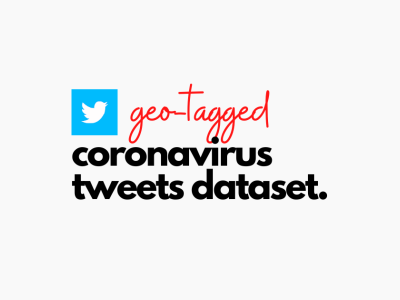BGUSIM

- Citation Author(s):
-
Assaf Arbelle (BGU)Shaked Cohen (BGU)Tammy Riklin Raviv (BGU)
- Submitted by:
- Shaked Cohen
- Last updated:
- DOI:
- 10.21227/4m12-m288
- Data Format:
 315 views
315 views
- Categories:
- Keywords:
Abstract
These simulated live cell microscopy sequences were generated by the CytoPacq web service https://cbia.fi.muni.cz/simulator [R1]. The dataset is composed of 51 2D sequences and 41 3D sequences. The 2D sequences are divided into distinct 44 training and 7 test sets. The 3D sequences are divided into distinct 34 training and 7 test sets. Each sequence contains up to 200 frames.
The CytoPacq system was tuned to produce data similar to the Fluo-N2DH-SIM+ and Fluo-N3DH-SIM+ datasets from the Cell Segmentation Benchmark http://www.celltrackingchallenge.net [R2]. We refer to these datasets, using the challenge naming convention as Fluo-N2DH-BGUSIM and Fluo-N3DH-BGUSIM for the 2D and 3D datasets, respectively.
R1 : D. Wiesner, D. Svoboda, M. Maska, and M. Kozubek, "Cytopacq: a web-interface for simulating multi-dimensional cell imaging," Bioinformatics,2019.
R2: V. Ulman, M. Maska, K. Magnusson et al., "An objective comparisonof cell-tracking algorithms," Nature methods, vol. 14, no. 12, p. 1141,2017
Instructions:
The data file can be extracted using the Linux command $ tar xvzf BGUSIM.tar.gz
The data has 2 separate folders: Fluo-N2DH-BGUSIM and Fluo-N3DH-BGUSIM for the 2D and 3D datasets, respectively.
Each folder contains a Train and Test folders, where the input images are in the two digit folders and the corresponding ground truth are in the xx_GT folders under SEG and TRA for the segmentation and marker ground truth respectively.







